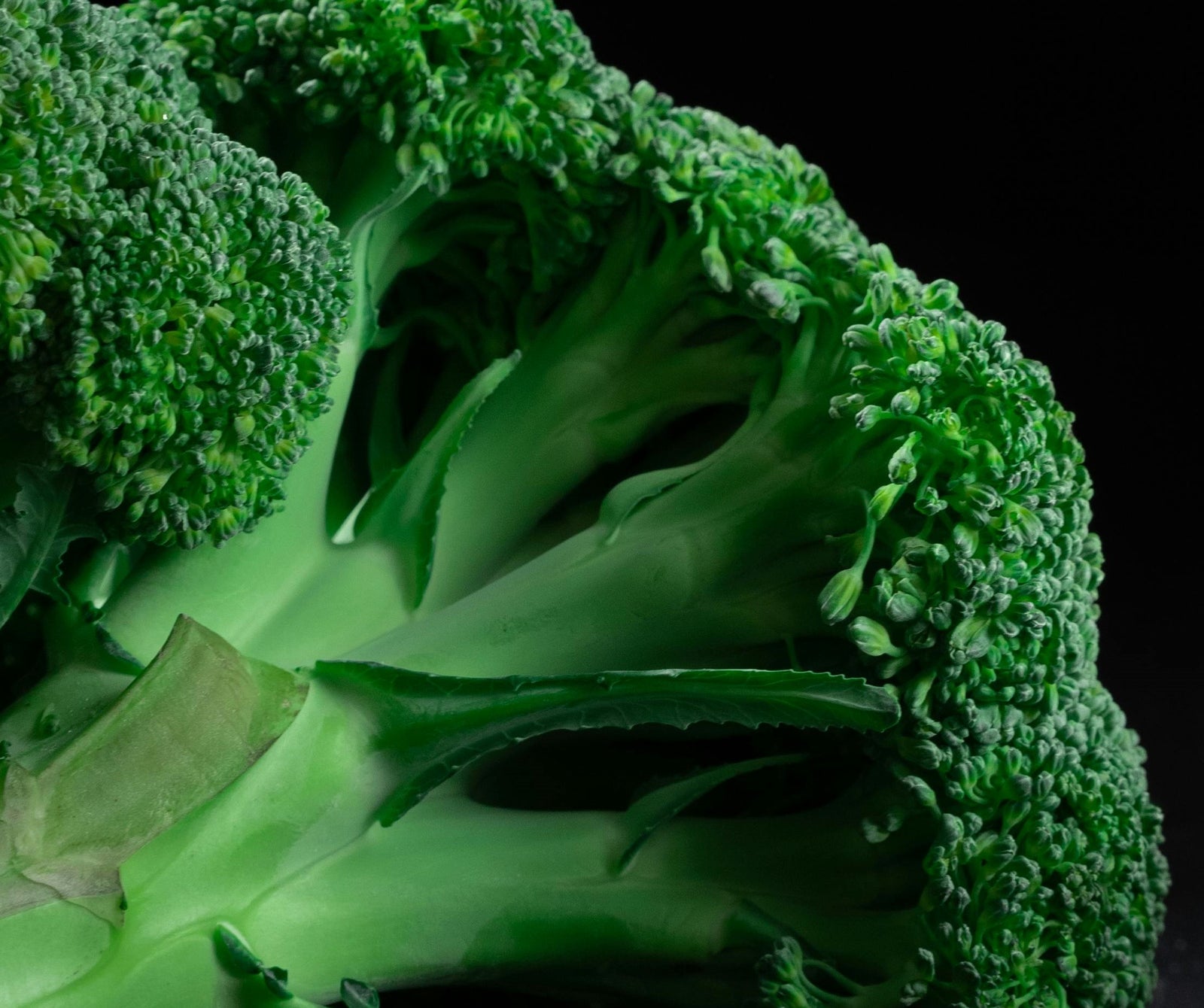Sustainable Beauty: Eco-Friendly Practices in Cosmetics That Actually Make a Difference

Eco-Friendly Practices in Cosmetics
Beauty is exciting. There’s something satisfying about finding the perfect red lipstick, that one perfume that just feels like you, or a moisturizer that makes your skin glow. But here’s the thing—beauty has a waste problem. Think about all the empty bottles, plastic tubes, and excess packaging that pile up over time.
Now multiply that by millions of people doing the same thing every day. The beauty industry is one of the biggest contributors to plastic waste, and for a long time, sustainability wasn’t exactly a priority. That’s finally changing.
More brands are moving toward eco-friendly practices, and consumers are holding them accountable. But what does sustainable beauty really mean? And more importantly, how can you be part of it without giving up products you love?

Smarter Packaging, Less Waste
Beauty packaging has always been over-the-top. Brands want their products to look luxurious, which often means layers of plastic, glass, and cardboard. The result? More waste than necessary. Now, companies are rethinking packaging in ways that actually make sense.
REFILLABLE PRODUCTS – Instead of tossing your expensive perfume bottle, you can buy refills.Lipsticks, foundations, and even deodorants now come in refillable formats.
MINIMALIST DESIGN – No more bulky boxes or unnecessary wrapping. Brands are cutting down on excess packaging while still keeping things stylish.
GLASS AND ALUMINUM OVER PLASTIC – These materials are easier to recycle and don’t break down into harmful microplastics.
What you can do: Support brands that offer refills or use less packaging. And if you can, actually recycle those empty bottles instead of tossing them in the trash.
Clean Ingredients That Don’t Harm the Planet
A lot of traditional beauty products contain synthetic chemicals that don’t just sit on your skin—they end up in the environment. When you wash your face, rinse out your shampoo, or remove your makeup, some of those ingredients go straight into the water system. That’s why more brands are moving toward natural, biodegradable ingredients that are safer for both people and the planet.
PLANT-BASED FORMULAS – Instead of harsh synthetic chemicals, more skincare and makeup products are using botanical extracts.
MICROPLASTIC-FREE EXFOLIATORS – Those tiny plastic beads in scrubs? They pollute oceans and harm marine life. Many brands now use biodegradable alternatives like crushed seeds or sugar.
REEF-SAFE SUNSCREENS – Traditional sunscreens contain chemicals that damage coral reefs. More brands are offering mineral-based options that protect your skin without harming marine life.
Cruelty-Free and Vegan Formulas
Testing beauty products on animals has been happening for decades, even though there are plenty of alternatives. With new technology, brands can ensure safety without involving animals at all.
At the same time, more companies are creating vegan formulas, meaning they don’t contain any animal-derived ingredients like beeswax, lanolin, or carmine (a red pigment made from crushed insects). The good news is that cruelty-free and vegan beauty is now mainstream.
You don’t have to compromise on quality—some of the best products on the market are already made without harming animals.
What you can do: Choose cruelty-free brands and check for certifications like the Leaping Bunny or PETA’s cruelty-free seal.
Waterless Beauty: A More Sustainable Approach
Most traditional beauty products are made up of a lot of water—sometimes up to 80%. That means they require more packaging, preservatives, and energy to produce and transport. Waterless beauty is changing that.
POWDERED CLEANSERS – Instead of buying a face wash that’s mostly water, you can use a powder that activates with a few drops.
SOLID SHAMPOOS AND CONDITIONERS – These work just as well as liquid versions but last longer and don’t require plastic bottles.
OIL-BASED SKINCARE – Instead of water-heavy creams, many brands are turning to oil-based formulas that are more concentrated and effective. What you can do: Try a solid shampoo bar or a waterless cleanser. They’re easy to use, last longer, and reduce waste.
Ethical Sourcing: Beauty That Supports Communities
A lot of beauty ingredients—like shea butter, cocoa, and essential oils—come from regions where workers are often underpaid or exploited.
Ethical sourcing ensures that these ingredients are harvested responsibly and that workers are treated fairly.
FAIR TRADE CERTIFICATIONS – These guarantee that ingredients are produced under ethical working conditions.
SUSTAINABLE FARMING – Some brands partner with local communities to ensure that natural resources aren’t being over-harvested.
SLOW BEAUTY – Instead of mass production, some brands focus on small-batch, handmade products that reduce waste.
Sustainable Beauty Doesn’t Mean Sacrificing Quality
Sustainability in beauty isn’t about giving up the products you love—it’s about making better choices. Whether it’s choosing refillable packaging, switching to a cruelty-free brand, or trying a waterless shampoo, every small decision adds up.
And the more consumers demand sustainable products, the more brands will have to step up.
Beauty should make you feel good, inside and out. That includes knowing that what you’re putting on your skin isn’t harming the planet.


Leave a comment